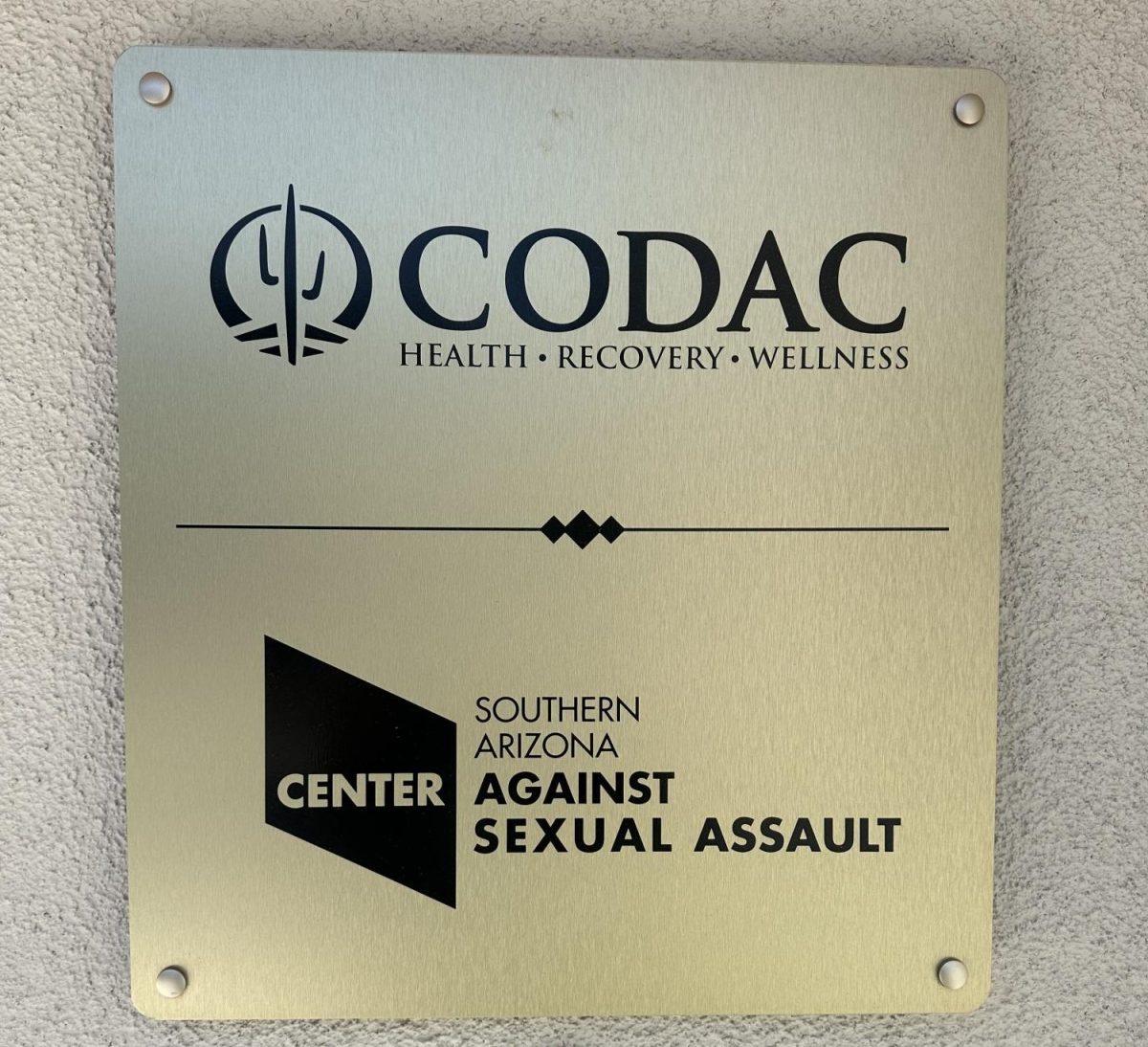Some people spend their weekends watching Netflix, but these women spent the weekend coding their way to the top at the fifth annual University of Arizona’s Women’s Hackathon.
The Hackathon, a non-competitive sprint project-building and technology workshop event, hosted women computer programmers and other software developers of all ages and skill levels.
The event was created to include women on campus and in the community to participate, regardless of skill level in technology and project-building, according to the Hackathon’s website. No expertise is needed to work together and bring ideas to life at the event.
The event was held Oct. 18-20 on campus at the Main Library and Manuel T. Pacheco Integrated Learning Center. The Hackathon partnered with local and national organizations like TENWEST Impact Festival and DevFest.

RELATED: ‘Ready, set, Game Jam!’ at semiannual UA game-developing contest
The UA Women’s Hackathon is the only event of its kind in the southwest, according to the Hackathon’s website. The event is women-founded and women-designed.
The opening event for the Hackathon was held at the Mercado San Agustin Annex on Oct. 18 to welcome attendees and assist participants with registration.
Darcy Van Patten, the executive director of Digital Transformation and Student and Academic Technologies at UA Information Technology, was the keynote speaker at the kick-off event. Van Patten shared with attendees her love for technology and how the Hackathon connects problem-solving with technology building.
“I love technology because that is how we solve problems today. That is how we innovate. It intersects with everything we do,” Van Patten said. “So when you look at a problem and you’re trying to solve it, it’s almost impossible not to bring technology into the conversation.”
Van Patten also talked about her personal triumphs and obstacles she overcame in her career. She also encouraged attendees at the event to consider what they wanted to achieve in their careers.
“My story that I developed for myself was one of resiliency, of risk-taking and the ability to start again,” Van Patten said. “So as you enter the Hackathon, I encourage to reflect on how you tell your own story to yourself.”
The Women’s Hackathon was first created by graduate student Maggie Melo, according to the Hackathon website, who reached out to UA library administrators for permission to hold the event and collaborate with.
Jennifer Nichols, a UA assistant librarian and director of CATalyst Studios, has helped coordinate and contribute to its evolution over the years.
Nichols reflected on how the event came into fruition and how it continues to be held.
“I worked at the library at the time Maggie approached us,” Nichols said. “I was working to get the iSpace started. Maggie and I were working closely together and so after the first year, we saw how well received it was. I talked to administration to say this is a great event, so let’s continue to support it.”
Melo has been immortalized as the “MaggieBot,” a graphic robot that appears on all of the Hackathon’s visual marketing, according to the Hackathon’s website.
RELATED: Explore Tucson with the University of Arizona’s oldest club
Nichols also mentioned how much the event has grown over the past years — it now has approximately 200+ participants, according to Nichols.
“The first year was the fall of 2015 and we had approximately 50 women attend,” Nichols said. “We’ve had it every fall since then, so this will be the fifth year.”
Sehrish Choudhary, a UA sophomore and electrical and computer engineering major, was excited to be involved and participate in the Hackathon. Choudhary was specifically interested in the Google Code Labs, which were held that Saturday morning.
“Google is like a dream company I would want to work for,” Choudhary said. “Learning that and everything it has to offer for students, especially developers and freelancers, is super cool.”
Choudhary said that the Women’s Hackathon can help her gain different hands-on skills that she may not have learned previously.
“I learned CE programming and this semester I’m learning C++,” Choudhary said. “I just wanted to, I guess, explore what I can do further from software development.”
Follow Desiree on Twitter















